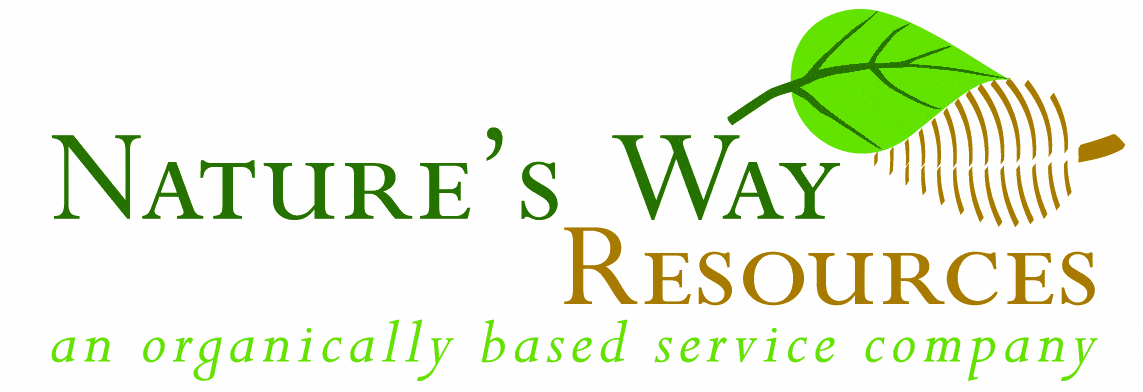…NOT THAT Landscaping with our ecology in mind
BY MARTHA RICHESON Clear Lake Chapter, Native Plant Society of Texas (Excerpted from Martha’s “This Evergreen Instead of “That” article on the CLC NPSOT website https://www.npsot.org/chapters/clearlake/
While our eye for beauty has been trained to appreciate a finely mowed lawn with neat rows of foundation plantings, we are learning that much of what has been planted around our homes has been placed without any thought as to the ecological services they provide.
The deep freeze has given us opportunity to rethink plantings. Consider adding natives to benefit insects that feed birds and other critters. I confess when I first started choosing shrubs, one selling point was “not bothered by insects”. After reading Bringing Nature Home and Nature’s Best Hope by Doug Tallamy, I look for things caterpillars eat to produce beautiful butterflies and plants leaves eaten by not-so-attractive, but necessary insects in the food web.
Our local Southeast Texas natives are tough, but they can’t be stuck in the ground and ignored.
“Drought hardy” and “standing water hardy” labels may apply to establish plants a year or two old.
Filling voids left by the freeze or want to plants for other reasons? Look at these native recommendations. Each supplies a service other than filling a spot in a landscape,
EVERGREEN SHRUBS:
Instead of Ligustrum or Privet, consider:
- Yaupon (Ilex vomitoria) for a tall shrub/small tree or
- Dwarf Yaupon (Ilex vomitoria ‘Nana’ or ‘Stoke’s dwarf’, a cultivar) for a 3-4’ tall evergreen shrubette. Note: most dwarf cultivars sold are male. Female yaupon specimens produce red berries loved by birds. Purchase these in fall when berries will be evident on female plants.
- Possumhaw holly (Ilex decidua) is not evergreen, but bright red berries stay on the bare branches through winter providing a striking display. Just know in spring, Cedar Waxwings take just a few hours to eat every remaining berry on the tree.
- Wax Myrtle (Morella cerifera). Train as a small tree or leave shrub-like and even shear if necessary. Leaves smell like bayberry candles. Birds eat seeds. Like Yaupon, plants are male or female. It is not picky about soil and thrives in sun and part shade. Harder to find are 3-4’ tall dwarfs (Morella pusilla aka Myrica cerifera var. pumila). Wax Myrtle is a larval host for the hairstreak butterfly.
EVERGREEN VINES
Instead of English ivy, consider:
- Coral Honeysuckle (Lonicera sempervirens). It doesn’t have the invasive Japanese honeysuckle pleasant scent, but its blooms offer nectar to hummingbirds and long-tongued bees off and on spring through fall. It is not too aggressive and twines around a structure, making it a great plant for an arbor. Several kinds of birds are served by the small fruit in the fall. It is happy in sun and part shade, but blooms fuller in the sun.
- Carolina Jessamine (Gelsemium sempirvirens). A vigorous evergreen vine that will twine around whatever structure is present, including trees if not monitored. It provides nectar for hummingbirds and butterflies. Cheery yellow, trumpet-shaped blossoms are among earliest to bloom, even in late January if the weather is mild. Although poisonous to humans, the plant is the larval host for the Snowberry Clearwing Moth.
EVERGREEN GROUNDCOVER.
Instead of perennial Vinca Minor, consider:
- Frogfruit (Phyla nodiflora). This tough, 3-4” tall, root-at-the-nodes Verbena family ground cover is so small, we walk on it without notice along trails, in ditches, on roadsides. It is evergreen except in a harsh winter when it will go dormant. It tolerates flooding and drought, is sun to part shade friendly. Tiny flowers attract small butterflies; host plant for Phaon Crescent butterfly eggs. Birds, in turn use the caterpillars for baby bird food.
EDITOR’S NOTE: Learn more in Martha’s complete article: npsot.org/wp/clearlake/.

